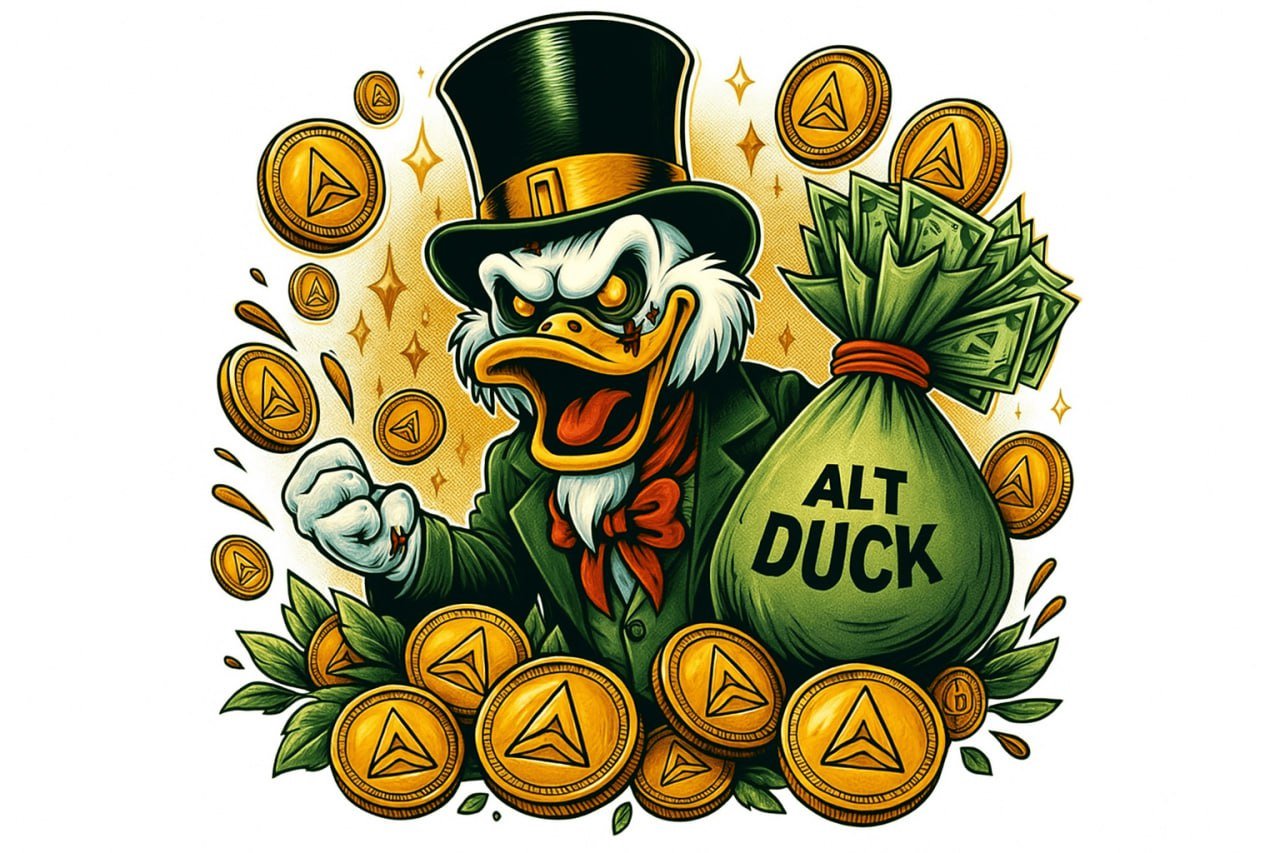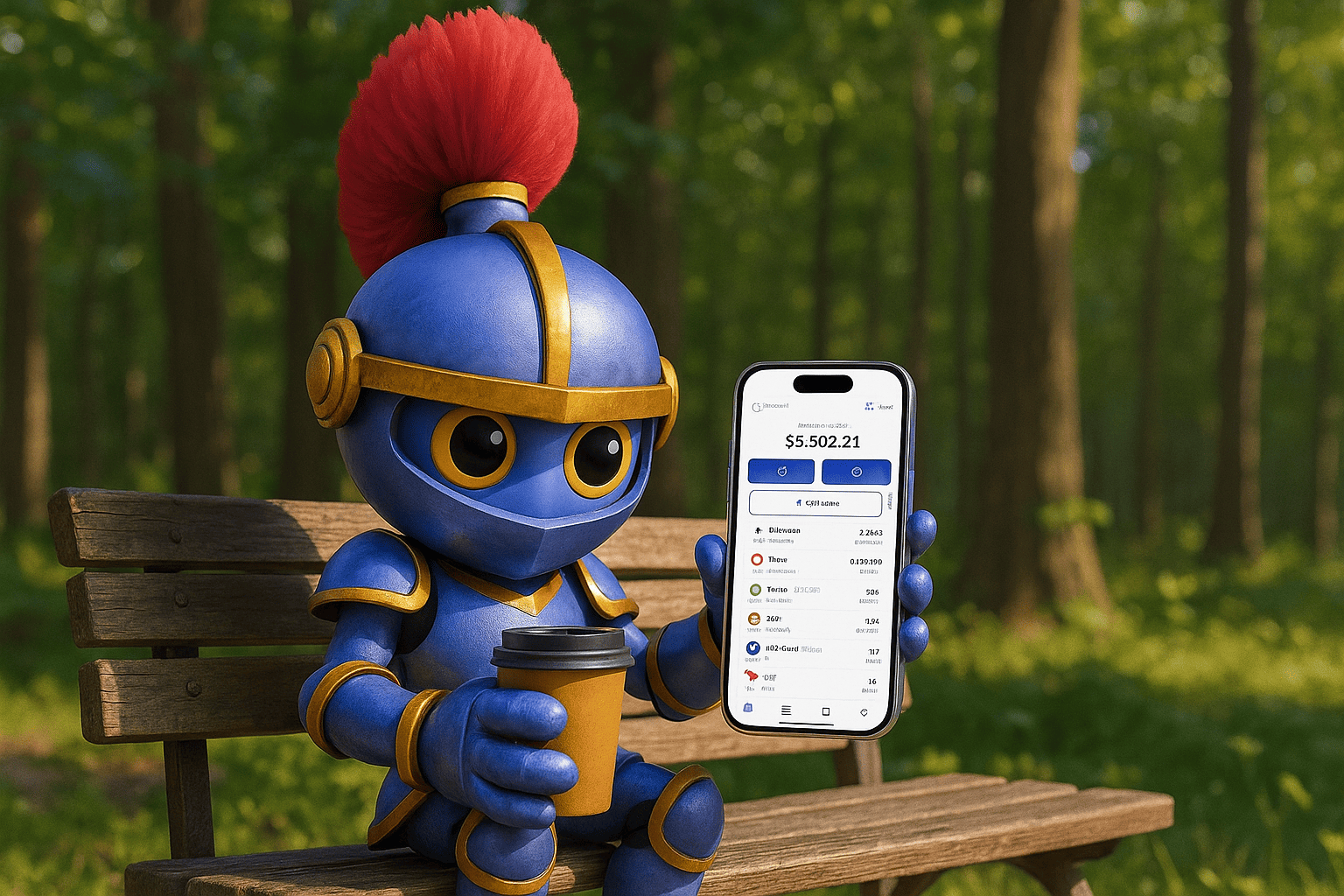Mina
Download app Ironwallet and get tool for making transaction without network fee
About Mina
Mina is a new cryptocurrency and blockchain network that aims to offer fast, secure, and lightweight transactions. The key innovation behind Mina is the use of zk-SNARKs, a novel form of zero-knowledge cryptography, to compress the blockchain size dramatically. This enables Mina to overcome the scalability limitations of many other blockchains.
Origins and History of Mina
Mina was founded in 2017 by CEO Evan Shapiro along with co-founders Benedikt Bünz and Joseph Bonneau. The team has backgrounds in cryptography, distributed systems, and finance. Mina raised over $33 million through an initial coin offering in early 2021 to fund development.
Mina’s mainnet was launched in March 2021 after several years of research and testing. The Mina Foundation and community of developers continue to build out the ecosystem and tooling surrounding the Mina blockchain.
Technical Details of the Mina Protocol
Unlike most other cryptocurrencies, Mina does not store the entire transaction history on its blockchain. Instead, it leverages zk-SNARK cryptography to generate small proofs that transactions are valid, dramatically shrinking the size of the ledger.
This allows Mina to maintain a constant blockchain size of around 22 KB. For comparison, Bitcoin’s blockchain is over 350 GB. Mina’s technical approach enables much faster sync times for new nodes joining the network and lower hardware requirements for running a node.
Transactions on Mina also occur instantly, with finality achieved almost immediately. This provides a better user experience compared to blockchains like Ethereum where users must wait for confirmations.
Unique Features of Mina like zk-SNARKs
The zero-knowledge proofs enabled by zk-SNARKs are at the core of what makes Mina unique. Users can send transactions on Mina without revealing any information about the sender, receiver, or transaction amount. Only the validity of the transaction is proven.
This high degree of privacy and anonymity is a feature few other major blockchains have been able to achieve thus far. The cryptography behind zk-SNARKs is incredibly complex, but Mina has managed to implement it efficiently and at scale.
Use Cases of Mina
As a newer blockchain, Mina is still working to drive adoption and real-world use cases. However, its technological merits have captured significant interest from developers and the crypto community.
Some potential uses for Mina include decentralized finance apps, NFT platforms that need fast transactions, and as a sidechain to other major blockchains like Ethereum. The lightweight nature of Mina’s protocol should allow it to support a high throughput of transactions as demand grows.
Several decentralized apps and services have launched on Mina, spanning areas like gaming, identity management, and social networking. Mina also supports smart contracts and dApp development in OCaml.
How Transactions Happen On Mina
Transactions on Mina leverage zero-knowledge proofs to validate transactions while keeping transaction data private. Here is the basic flow:
- A user initiates a transaction to send funds to another account on Mina. This could be a transfer between wallets or interacting with a smart contract.
- The Mina protocol constructs a zk-SNARK to prove the validity of the transaction. This snark encodes information like account balances and token transfer amounts without revealing the actual data.
- The proof is verified by the network’s snark workers to ensure it is valid. This checks that the user has sufficient account balance, tokens are conserved, and other protocol rules are followed.
- If the proof checks out, the transaction is confirmed immediately with finality. The user’s account balance and recipient balances are updated with the transfer amount.
- The blockchain state is succinctly updated to record the transaction occurred, without storing all the details on-chain.
- The transaction is relayed across the network and synced by all nodes near instantly due to the compact state.
Mina is able to achieve high throughput and fast confirmations because the computation intensive proof verification is done off-chain. The zk-SNARK cryptography ensures integrity and privacy without weighing down the blockchain.
Future Outlook
Looking ahead, the Mina team is focused on further decentralizing the network, implementing cross-chain bridges, and continuing to improve performance and security.
A key challenge Mina will need to tackle is making zk-SNARKs and zero knowledge proofs accessible to everyday software developers. Abstracting away the complexity will be crucial for broader adoption.
The Mina Foundation also plans to provide funding and support for dApps building on top of Mina in order to further expand the ecosystem. With continued progress, Mina has potential to carve out a niche as a privacy-focused blockchain for both consumers and enterprises.
Summary
Mina brings a unique approach to blockchain technology with the aim of providing fast, scalable, and lightweight transactions with built-in privacy. Leveraging zk-SNARK cryptography is an innovative move that helps shrink its blockchain size and enable new use cases.
As a young project, Mina still has work ahead to drive adoption and fulfill its technological promise. But the possibilities of zero knowledge proofs are tremendous if Mina’s team can deliver on its vision. Mina represents an ambitious and much-needed innovation that could help elevate cryptocurrencies and dApps to the next level when it comes to usability, privacy, and mainstream adoption.





















